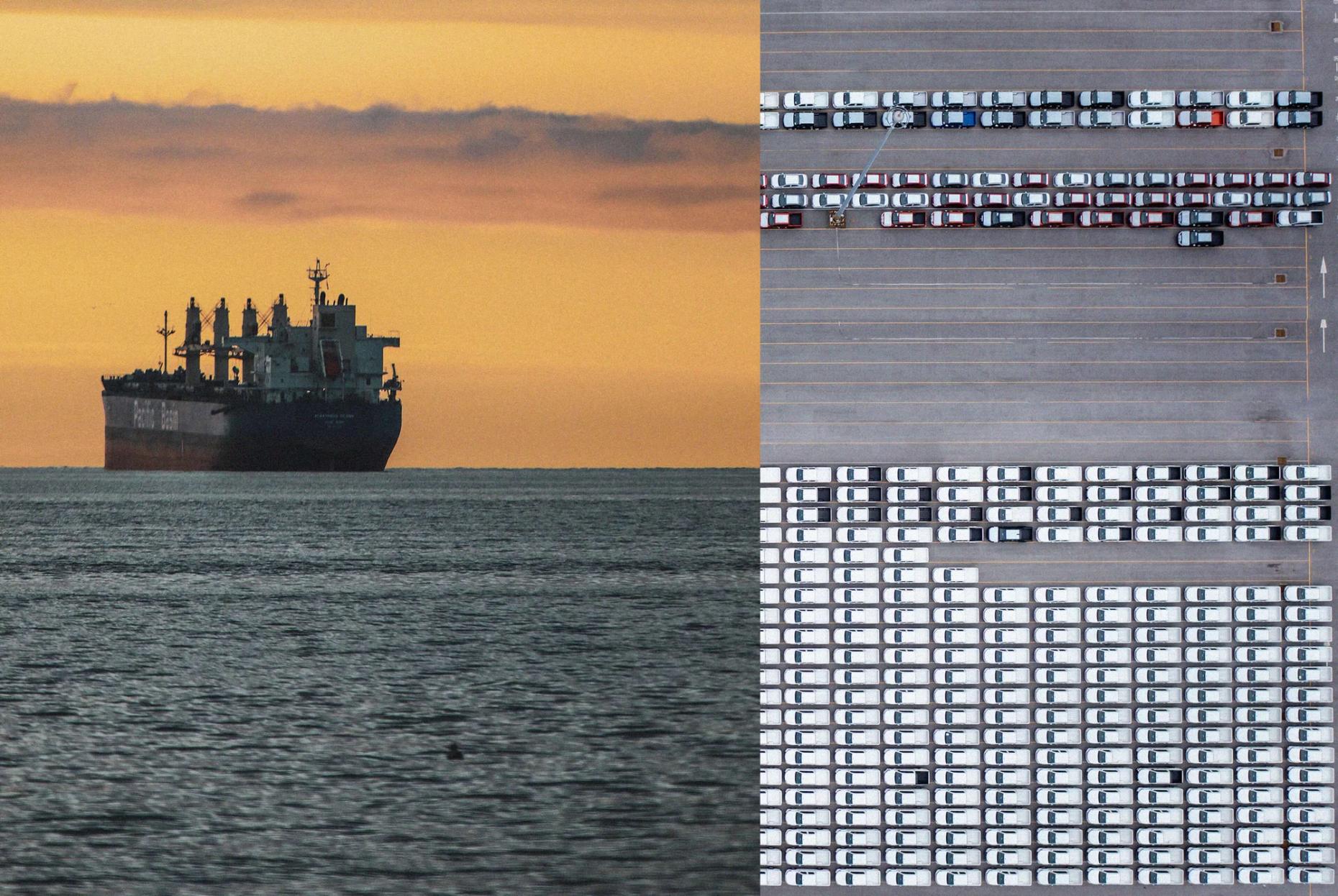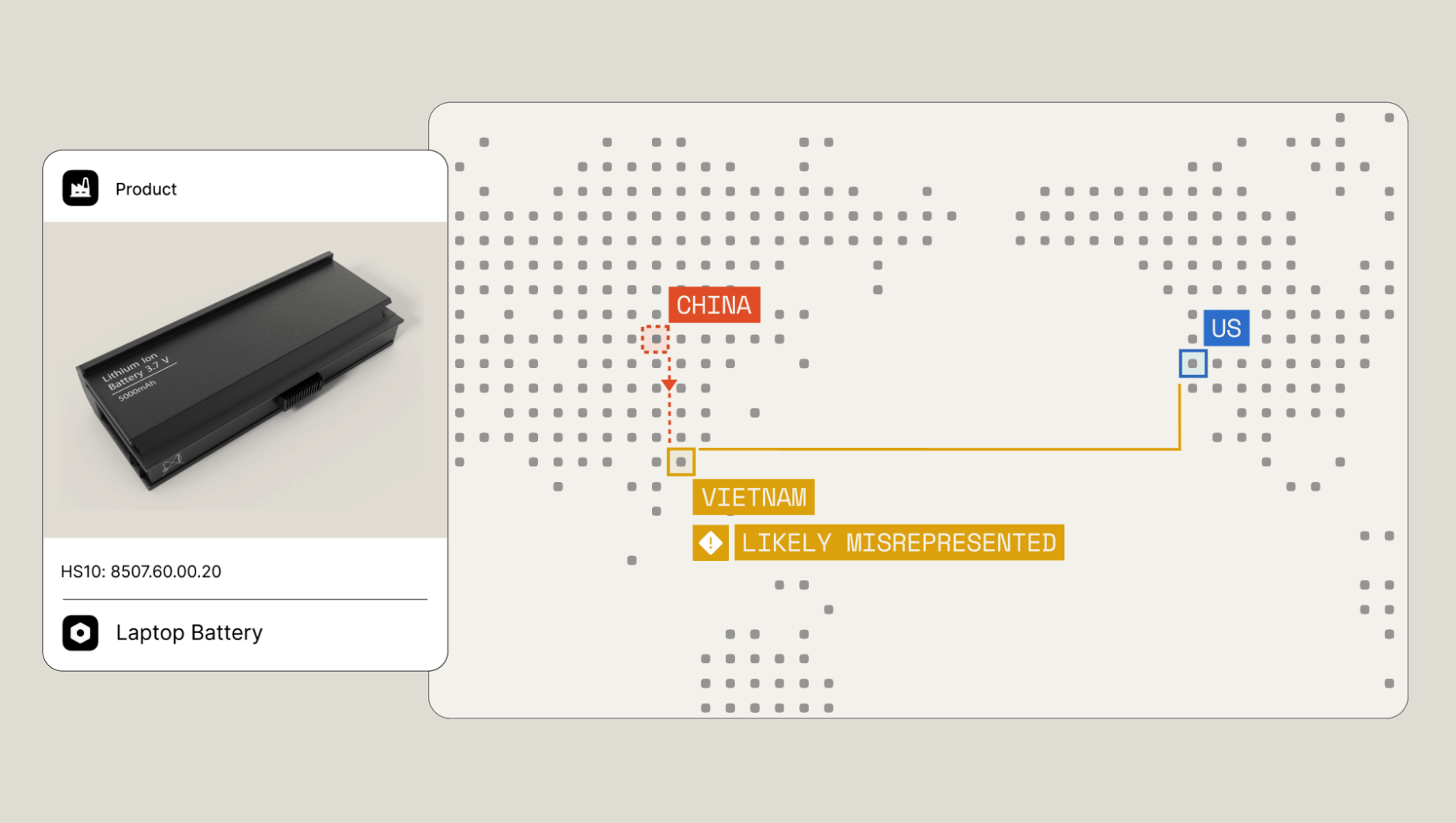
As Houthi militants continue their attacks on civilian shipping, disruptions to the flow of trade are having global consequences. Approximately 15% of global commerce passes through the Red Sea, and as the effects of disrupted shipping schedules wend their way through global supply chains, the effects are starting to be felt in plant closures, canceled contracts, and worsened inflation. The downstream impact of these disruptions affects approximately 40% of global commerce through downstream supply chains, and 80% through the disruption of maritime transport schedules and capacity.
In this research brief, we use the Altana Atlas to measure the effects of multi-tier supply chain disruption from the Red Sea crisis, analyzing the precise industries, goods, supply chains, and facilities that continued trade disruptions are likely to disrupt. We go on to explore options for businesses and governments that want to secure their supply chains from geopolitical, climate, and operational disruption.
Learn how the Altana Atlas can help you measure the effects of trade disruptions on your multi-tier supply chains.


